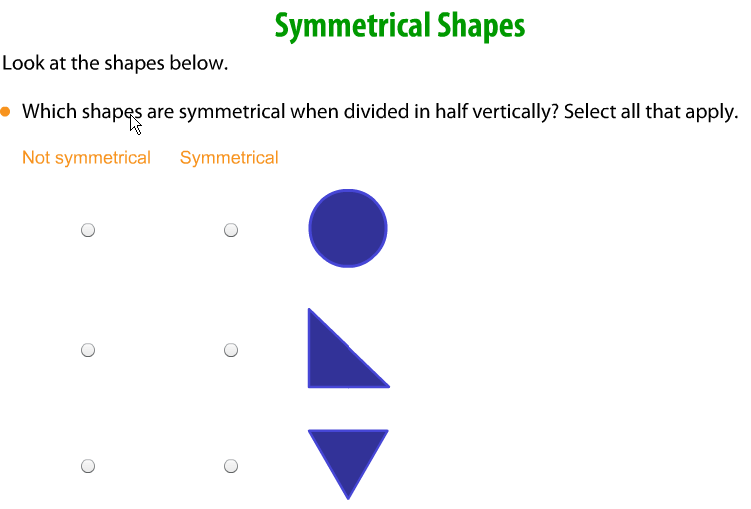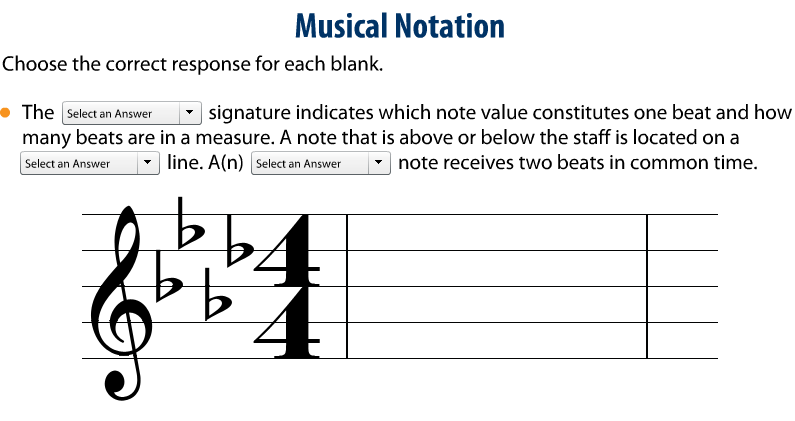Computer-Based Assessment: "Intermediate Constraint" Questions and Tasks for Technology Platforms
Kathleen Scalise, University of Oregon, June 2009
This website introduces a taxonomy or categorization of 28 innovative item types useful in computer-based assessment. The taxonomy describes "intermediate constraint" items. These item types have responses that fall somewhere between fully constrained responses (i.e., the conventional multiple-choice question) and fully constructed responses (i.e., the traditional essay).
Click on each cell of the table to see the example and download source. The intended purpose of the taxonomy is to provide a practical resource for assessment developers as well as a useful framework for the discussion of innovative assessment formats and uses in computer-based settings.*
*Full references for important work on which the taxonomy draws availablehere.See also UC Berkeley Evaluation and Assessment Research (BEAR)(http://bearcenter.berkeley.edu/projects/FADSweb/) for examples of delivery systems.
| Most Constrained | Least Constrained | ||||||
| Fully Selected | Intermediate Constraint Item Types | Fully Constructed | |||||
| Less Complex | 1. Multiple Choice | 2. Selection/ Identification | 3. Reordering/ Rearrangement | 4. Substitution/ Correction | 5. Completion | 6. Construction | 7. Presentation |
|---|---|---|---|---|---|---|---|
1A. True/False  | 2A. Multiple True/False  | 3A. Matching | 4A. Interlinear | 5A. Single Numerical Constructed | 6A. Open-Ended Multiple Choice |
7A.
Project
| |
1B. Alternate Choice | 2B. Yes/No with Explanation | 3B. Categorizing | 4B. Sore-Finger  | 5B. Short-Answer and Sentence Completion | 6B. Figural Constructed Response |
7B.
Demonstration, Experiment, Performance
| |
1C. Conventional Multiple Choice | 2C. Multiple Answer | 3C. Ranking and Sequencing | 4C. Limited Figural Drawing | 5C. Cloze-Procedure | 6C. Concept Map |
7C.
Discussion, Interview
| |
| More Complex | 1D. Multiple Choice with New Media Distractors  | 2D. Complex Multiple Choice | 3D. Assembling Proof | 4D. Bug/Fault Correction  | 5D. Matrix Completion  | 6D. Essay and Automated Editing  |
7D.
Diagnosis, Teaching
|
另一個參考網站:
沒有留言:
張貼留言